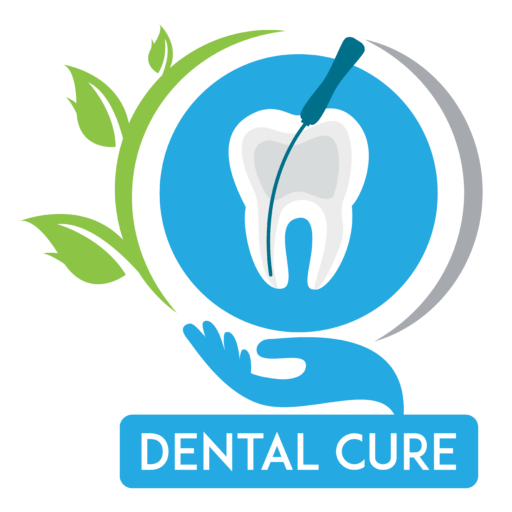Dental Crowns & Bridges
What Are Crowns & Bridges
Dental crowns and bridges are vital restorative dentistry additives specially designed to cope with troubles related to broken or lacking teeth.
Dental Crowns: Dental crowns, also called caps, are custom-made coverings that absolutely encase a weakened or damaged enamel. They restore the teeth’ form, size, colour, and appearance.
Dental Bridges: Dental bridges include one or more synthetic enamel supported by crowns on adjoining natural teeth. This bridging approach successfully fills the gap created by way of missing enamel
Why does one need Crowns & Bridges
- Protection and Restoration: Dental crowns provide vital safety to weakened teeth, stopping further damage and restoring their capability. Bridges fill the gaps due to lacking teeth, stopping the final teeth from shifting and maintaining proper dental alignment.
- Enhanced Aesthetics: Both dental crowns and bridges substantially contribute to enhancing one’s smile, boosting self-belief, and improving usual oral aesthetics.
- Improved Chewing and Speaking: By restoring broken or lacking teeth with the assistance of crowns and bridges, people can enjoy advanced chewing potential and articulate speech extra efficiently.
Various Types of Crowns & Bridges
Crowns
- Porcelain Crowns: These crowns carefully resemble the herbal look of enamel and are particularly suitable for the front tooth.
- Metal Crowns: Known for their sturdiness, metal crowns are regularly used for molars, providing energy and toughness.
- Porcelain-Fused-to-Metal (PFM) Crowns: These crowns integrate the aesthetic attraction of porcelain with metallic electricity, making them a popular preference.
- Bruxir Crowns: They are renowned for their power and durability, making them an ideal preference for individuals with bruxism (enamel grinding).
- CAD/CAM Crowns: CAD/CAM (Computer-Aided Design/Computer-Aided Manufacturing) revolutionises dental crown fabrication. Utilising virtual technology, CAD/CAM structures permit unique customisation, seamless fitting, and efficient production of crowns.
- Zirconia Crowns: They combine energy and aesthetic attraction. Constructed from a biocompatible, tooth-coloured material, these crowns provide natural-looking consequences with extraordinary sturdiness.
Bridges
- Traditional Bridges: These bridges are anchored to adjacent natural enamel, efficaciously filling the gap due to one or more missing enamel.
- Cantilever Bridges: Supported by a single adjacent tooth, ideal for spaces with only one neighbouring tooth.
- Maryland Bridges: Employ a metal or porcelain framework bonded to adjacent teeth, minimizing alteration of healthy teeth.
Myths Surrounding Crowns & Bridges
Myth 1: Crowns Are Only for Cosmetic Purposes
Reality: While enhancing aesthetics is a benefit, crowns primarily serve to restore and protect damaged teeth.
Myth 2: Bridges Are Only for the Elderly
Reality: People of any age experiencing tooth loss can benefit from bridges to maintain proper oral function and appearance
Do's and Don'ts Surrounding Crowns & Bridges
Do’s
- Maintain excellent oral hygiene with regular brushing and flossing.
- Attend routine dental check-ups for professional cleaning and assessments.
Don’ts
- Avoid chewing complex substances or ice to prevent damage.
- Steer clear of sticky foods that can dislodge crowns or bridges.
FAQs related to Crowns & Bridges
With proper care, crowns and bridges can last 10-15 years or more.
Local anaesthesia is typically used, making the procedure painless. Some discomfort may follow, but it’s temporary.
Crowns and bridges don’t respond to teeth whitening treatments, so maintaining their original shade is essential. In conclusion, dental crowns and bridges are invaluable in restoring oral function and aesthetics. Understanding their types, debunking myths, and adhering to proper care guidelines ensure a long-lasting and confident smile.
Another way is to extract the tooth. However, it is always better to save your natural tooth whenever possible to avoid the complications of losing a tooth.
Good oral hygiene, regular brushing, flossing, and dental check-ups are essential for avoiding tooth decay or the processes of root canal treatment. Also, avoiding sweet foods and beverages and wearing mouthguards while engaging in physical activities can help to keep your teeth safe.
